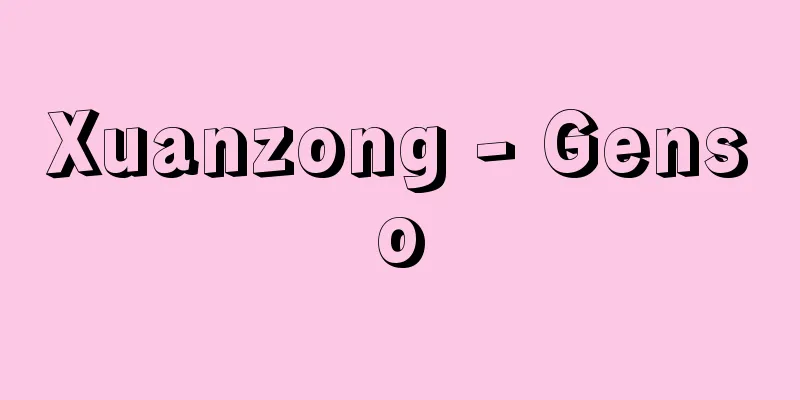Pruning - Edauchi

|
In order to produce good quality building timber without knots, dead and live branches of standing trees are cut off near the base of the trunk. This is done with a hatchet, saw, or axe during the tree's dormant period, while taking care not to peel off the bark or damage the trunk. It is best to cut the branches as close to the trunk as possible so that the cut marks can be rolled in quickly. As the forest grows, the branches and leaves grow thick and block out sunlight, causing the lower branches to wither and die due to lack of light. If the dead branches and the lower live branches are left on, timber with many knots will be produced. To produce sawn timber with few knots, these branches must be removed frequently from a young age. Also, by pruning live branches strongly upwards, timber with less difference in thickness between the base and end of the trunk can be produced. Pruning is considered an essential technique for producing good quality building timber, but it is also expensive, so it must be carried out in a planned manner according to the tree species and production purpose. Pruning helps prevent forest fires and the occurrence of pests and diseases, brightens the forest and promotes undergrowth, which has a positive effect on forest conservation. It also helps prevent hay fever in the case of cedar and cypress trees. [Kinji Hachiya and Takao Fujimori] Source: Shogakukan Encyclopedia Nipponica About Encyclopedia Nipponica Information | Legend |
|
節のない良質の建築用材をつくるため、立木(りゅうぼく)の枯れ枝や生枝の一部を幹の付け根付近で切り落とすこと。樹木の成長休止期に、樹皮をはいだり幹を傷つけたりしないようにしながら、鉈(なた)や鋸(のこぎり)、斧(おの)などで行う。枝の打ち跡を早く巻き込むように、できるだけ幹に接して切り落とすとよい。林が成長すると枝葉が茂り合って陽光を遮り、下の枝は光が不足して枯れてくる。枯れ枝や下の生枝をそのままつけておくと節の多い材ができる。節の少ない製材用材をつくるには、これらの枝を若いときからしばしば取り除く必要がある。また生枝を上のほうまで強く枝打ちすると、幹の元と末との太さの差が少ない材をつくることができる。良質の建築用材を生産するためには枝打ちは不可欠な技術とされるが、経費もかさむので、樹種や生産の目的により計画的に行う必要がある。枝打ちは、山火事や病虫害発生の予防にも役だつとともに、林内を明るくして下層植生を豊かにし、林地保全にもプラス効果をもたらす。またスギやヒノキについては花粉症対策の一助にもなる。 [蜂屋欣二・藤森隆郎] 出典 小学館 日本大百科全書(ニッポニカ)日本大百科全書(ニッポニカ)について 情報 | 凡例 |
Recommend
Cooper, KH
...Both are technical terms in exercise physiolog...
Fujioka [city] - Fujioka
A city in southern Gunma Prefecture. It was incorp...
Role - Yaku
〘noun〙① Labor imposed by the state on the people. ...
McLuhan, Marshall
Born: July 21, 1911, Edmonton [Died] December 31, ...
Leaf mining moth
An insect of the Lepidoptera, Lyonetiidae family. ...
Gujo Uprising
An uprising occurred in Mino Province during the E...
Penis bone
The cartilaginous bone at the tip of the penis of ...
Lovins, AB (English spelling) LovinsAB
...They certainly contrast sharply with the gigan...
Organism - Organism
In the development of vertebrates, this organ act...
Connectionism
A movement among researchers to study intelligence...
Oio - Oio
...It used to be treated as one species, but in r...
Lyrics - Kyokushishi
…As the phrase goes, “Chinese classics, Tang poet...
Centropus sinensis (English spelling) Centropussinensis
…[Higuchi Hiroyoshi]. … *Some of the terminology ...
Karnataka Music - Karnataka Music
Classical music of South India. With the emergence...
Turnip Mitsuba - Turnip Mitsuba
→ Celeriac Source: Asakura Publishing Nutrition an...









